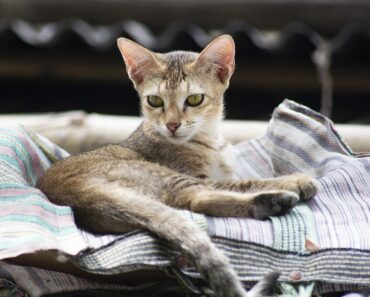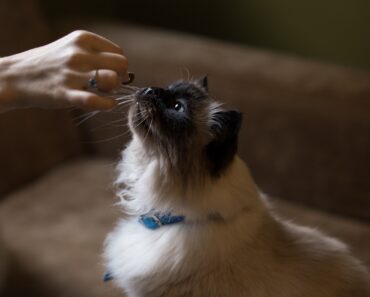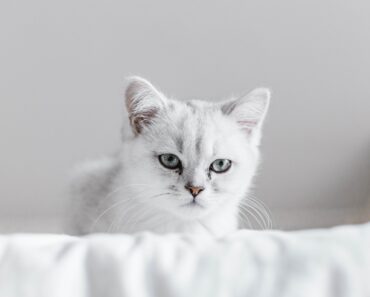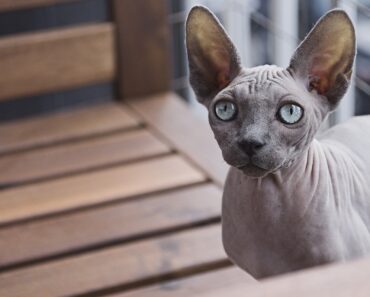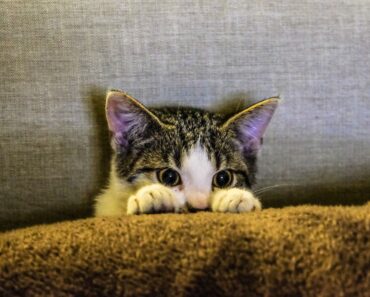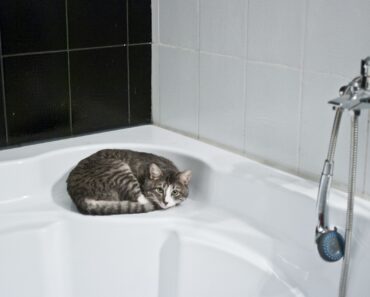When adopting a pet, owners want to ensure not only their pet’s quality of life, but also its safety. Work and other important matters simply don’t allow for 24/7 supervision, so a variety of tricks are required. One of them is to surround the available space with a cat and feline enclosure, which can be done both with your own hands and with the help of professionals.
What is a cat enclosure and what is it for?
This design represents a fenced area, limited from the outside world by a gate or metal bars. It is most often used for dogs. Holding cats in an aviary is less common in Russia. It is much more popular in the United States. Here, pens for cats and cats are installed in large private houses, which they call “catios”.
Depending on their purpose, fences are installed either inside the house or outside. They perform the following tasks:
- Prevent collisions with other animals, which are sources of fights, unwanted pregnancies and infections.
- Prevent a stray dog from getting lost in the wild and colliding with other vehicles.
- Keep them out of stressful situations, such as during renovations or when visitors arrive.
- Serve as a temporary resting, birthing and nursing place.
- Allow you to stretch your muscles without damaging your health.
Therefore, the main purpose of the aviary for cats and cats in the country house or apartment is protection from external dangers. The cat enclosure should be perceived by the animal as a place of safety, so the emphasis is on comfort and convenience. To achieve this, several areas must be provided inside: play area, feeding area and resting area.
What cat enclosures are available
Existing cat enclosures are divided into 3 varieties: cages, playpens and aviaries. These designs (especially the last two) are indeed similar, but they are strictly temporary and small in size :
- A cage is a subspecies of a carrier. Many existing designs have a handle. That’s why they are often used to carry a pet.
- A playpen is the equivalent of a kitten enclosure. It is distinguished by the absence of a ceiling. Adult animals can easily jump over the low walls, but babies usually stay inside. This design makes it easy to get used to the litter box when adjusting to a new home.
Aviaries are also common in shelters. It minimizes territorial conflicts and increases the sense of security.
True aviaries are usually large and spacious. They are divided into two types:
- Stationary. Installed strictly outdoors permanently. It is an impressive structure, equipped with all the elements necessary for the life of the animal. They are either autonomous or as an extension of the house with a tunnel to move between the different areas. These structures can be lived in all year round.
- Portable. Used for occasional trips outside the city. Smaller in size and used only for outdoor exercise.
Depending on the use of the aviary, it is equipped with bowls, bedding, bedding and other necessary elements. The structure itself consists of the following elements:
- Floor. If you want your pet to walk on live grass, “embed” the lower part of the walls in cement to prevent it from being undermined. In all other cases, use any flooring: wood, tile or the same cement. The first material is ephemeral, but pleasant for cats’ paws. The other two last much longer, but are very hot in summer and cool in winter.
- A pavilion. Mandatory in self-contained buildings, from which there is no access to a dwelling house. It must protect the animal from heat and weather. For a better view, it is placed high.
- Doors. If there is a direct connection with the house, there is only one door. If the structure is self-contained and the animal is brought inside by hand, an additional vestibule should be provided to prevent accidental escape.
- Walls. They are made of welded wire mesh of 2.5×2.5 cm, stretched over wooden slats.
- Ceiling. The walls are made of welded mesh. In case of snow, it is preferable to install a larger mesh, allowing the snow to infiltrate. The main thing is not to exaggerate the size. Otherwise, the animal can get out. Another option is a flat roof with a gutter.
A comfortable area for a standard sized cat is 18 m2 and the minimum allowed area is 6 m2. If there is more than one animal, it is advisable to increase the available space.
Which is better: buying or doing it yourself?
Each option has its advantages and disadvantages. Prefabricated products can be used in an apartment. Their main advantages are
- convenience and speed of purchase ;
- relatively low price.
Among the disadvantages is the monotony of the available models. If you want something unusual, contact a company or a private master who makes aviaries to order. Another option is to create a design with your own hands. Both options allow :
- Choose a size that takes into account the characteristics of the animal in question.
- Design the structure according to your pet’s needs and make it a passageway to your living space.
- Choose the material you like or make an unusual combination of sidewalk and lawn.
- Build an entrance hall, storage closet and large play area, as well as plantings for protection and even a pond inside.
A custom aviary takes the bulk of the work off your hands, but it’s the most expensive option. A more economical option is to make your own. If you have the desire, the time and a minimum of construction skills, try to make the ideas you have in mind yourself. If, on the other hand, you have never done anything like this before, you should rely on professionals. Otherwise, mistakes made during the construction phase can cause serious problems for your pet.
Characteristics of an outdoor cat enclosure
Outdoor enclosures are installed so that one side is covered by a fence or the wall of a house. Unlike dogs, cats are not in the business of guarding territory. An overly open view is not a plus for them, but rather a minus. It increases anxiety levels, as it is much harder for an animal to hide from the unwanted attention of others.
When installing an outdoor structure, it is important to ensure that the following requirements are met:
- The presence of an awning or waterproof roof to protect against rain and flea-bitten jumping.
- The presence of a gutter that drains water away from the living area is essential.
- Location in a dimly lit area, protected from direct sunlight.
- In case of strong wind, it is best to blind part of the walls.
For maximum comfort, add shelves and various passages inside, turning most of the space into a huge play area. The best place to place the structure is on a veranda or terrace.
Characteristics of an aviary for a cat in an apartment
In an apartment, a cage or a playpen is usually used. The former is made of metal bars or wooden slats, while the latter is made of thick fabric stretched over a frame.
A portable aviary can also be installed. As with the playpen, a durable fabric can be used as a wall.
The interior will be constructed according to the purpose of the enclosure:
- Overexposure or temporary isolation. Two bowls of water and food, a litter box and a litter box are sufficient.
- Housing a cat and kittens. It must have the above items and a separate play area for the kittens. A cat should be able to climb inside whenever it wants. Kittens, on the other hand, should have limited freedom.
If you have more than one pet, consider their relationships. Inseparable friends can be kept safely in the same space without having to create multiple aviaries for each animal.
How to train a cat in an enclosure
The principle of inoculation in the enclosure is similar to that of inoculation on a stand. It is based on the following rules:
- Free access. If you have an enclosure added to your home, you must keep the gate open at all times.
- Periodic stimulation through play. Place your pet’s favorite toys inside and try to lure it inside. Try to stay close by and don’t leave your pet alone for long periods of time.
- Create a comfortable environment. Buy a soft recliner or a cozy house so your pet won’t want to leave when it has played and will fall asleep undisturbed inside.
- Choose the right size and materials. Don’t be petty about size. The more space, the better. If you’re not sure about the quality of the materials, seek professional help to eliminate cold, damp and other adverse conditions inside the enclosure.
When you get acquainted with your new kennel, carefully place your pet inside if he or she does not enter on his or her own. Wrap the cat in a towel or other heavy cloth to prevent scratching.
Remember that an aviary is not just a comfortable structure to temporarily isolate your pet, but a real mini home. For this reason, an enclosure should not make your pet a prisoner. Be sure to consider your pet’s individual preferences and do everything you can to make the aviary as safe and comfortable as possible.

